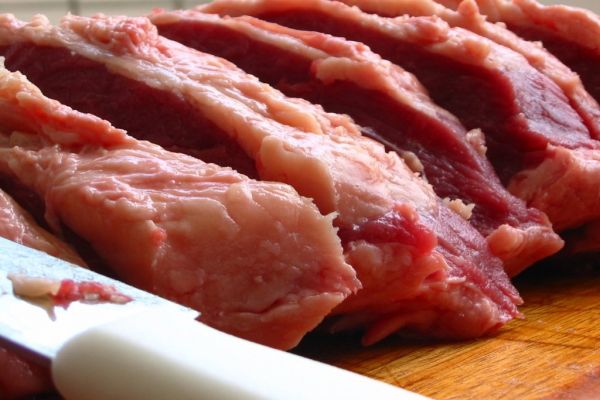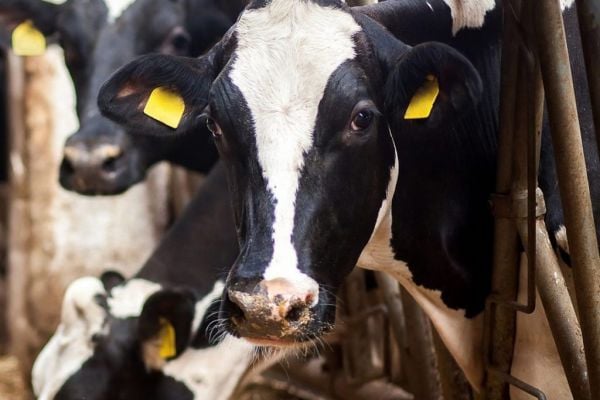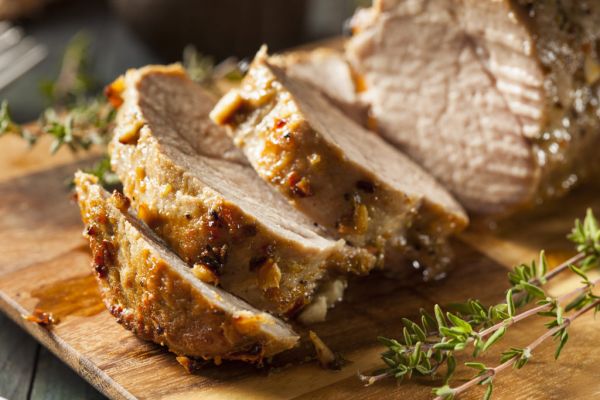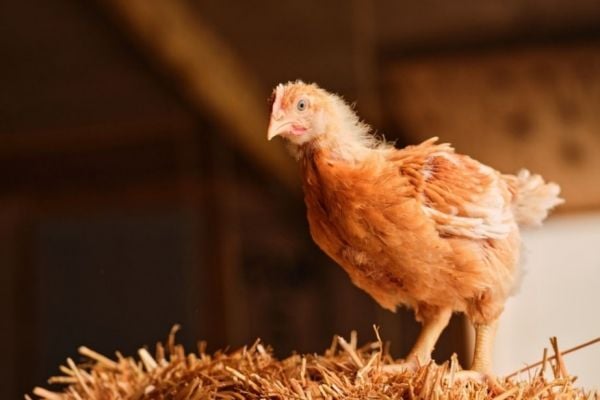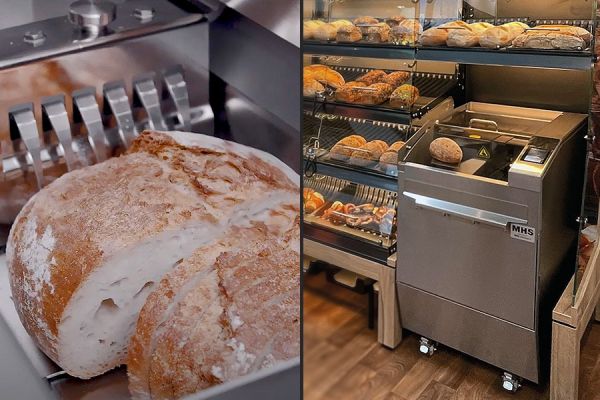U.S. beef packers including Tyson Foods Inc and Cargill Inc are racking up historically high margins, thanks to slumping cattle prices amid a supply glut and as Americans turn to beef for their backyard summer barbecues.
The U.S. Department of Agriculture forecast surging numbers of steers and heifers ahead - further weakening prices for slaughter-ready, or cash, cattle while strengthening packer revenues.
"We've basically got a wall of cattle to go through ... we're selling these cattle just as fast as we can get a bid,"said Pete Bonds, owner of Bonds Ranch based near Fort Worth, Texas.
HedgersEdge.com calculated that U.S. beef packers on Wednesday earned an estimated $236.90 per head of cattle processed, the highest this year. It had not topped $100 since November 2017 but is still shy of the record of $254.35 last June.
Record Margins
Some of the market conditions behind last year's record margins have again resurfaced: weaker live cattle futures, sharply lower cash cattle prices and rising wholesale beef values, said HedgersEdge.com analyst Bob Wilson.
Chicago Mercantile Exchange live cattle slid 22 percent from their Feb. 20 high to a low of $101.375 on March 17 in anticipation of larger supplies. “The market is telling cattle feeders it wants those cattle to come to slaughter now," said Livestock Marketing Information Center senior economist Katelyn McCullock.
Analysts said the bulge of animals at feedlots is contributing to lower cattle returns.
Last week cash cattle prices in the U.S. Plains averaged about $114.75 per hundredweight (cwt), $15 below this year's high for the week ended Feb. 17, according to USDA data.
For the week ending May 18 the USDA quoted wholesale choice-grade beef, which is preferred by cookout enthusiasts, at $231.93 per cwt, the year-to-date high.
McCullock said the surplus of cattle is moving through the system efficiently as packers capitalize on their impressive margins. Still, beef demand is critical for a consistent flow of cattle the through the pipeline, she said.
"Ultimately, it comes down to keeping up demand for cattle, not just heading into grilling season when beef demand is high, but also in the months following."
News by Reuters, edited by ESM. Click subscribe to sign up to ESM: European Supermarket Magazine.
